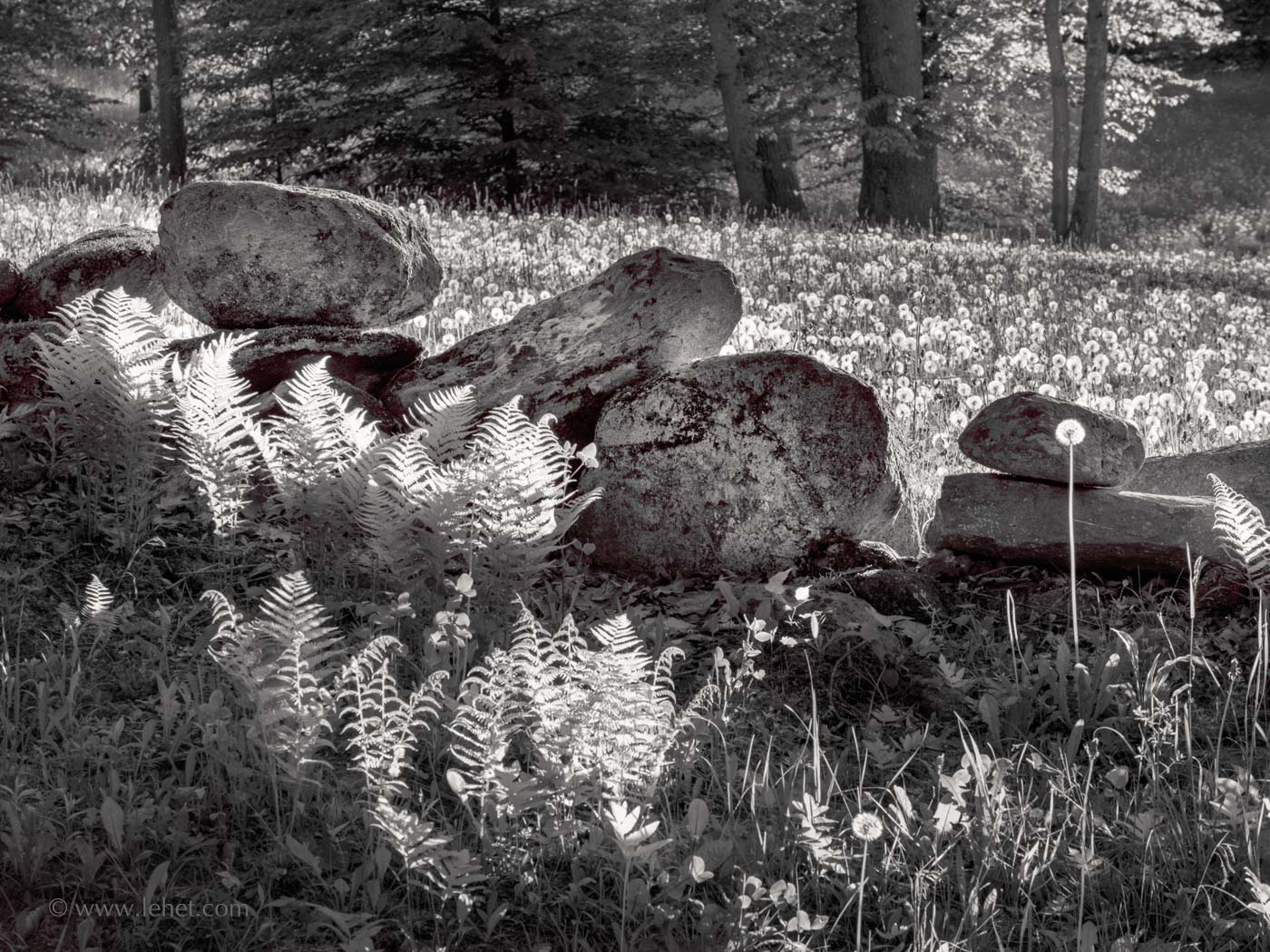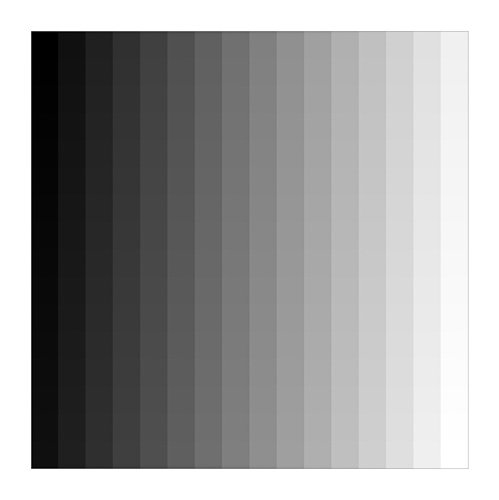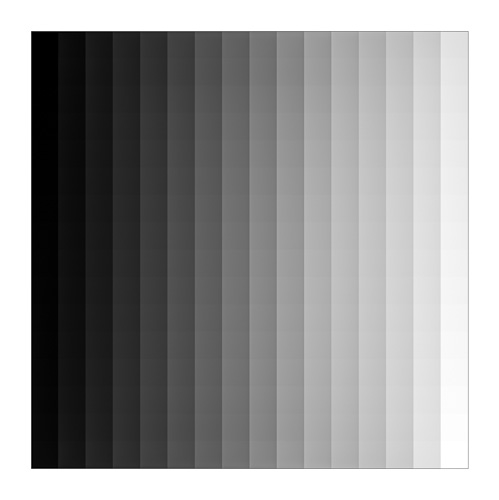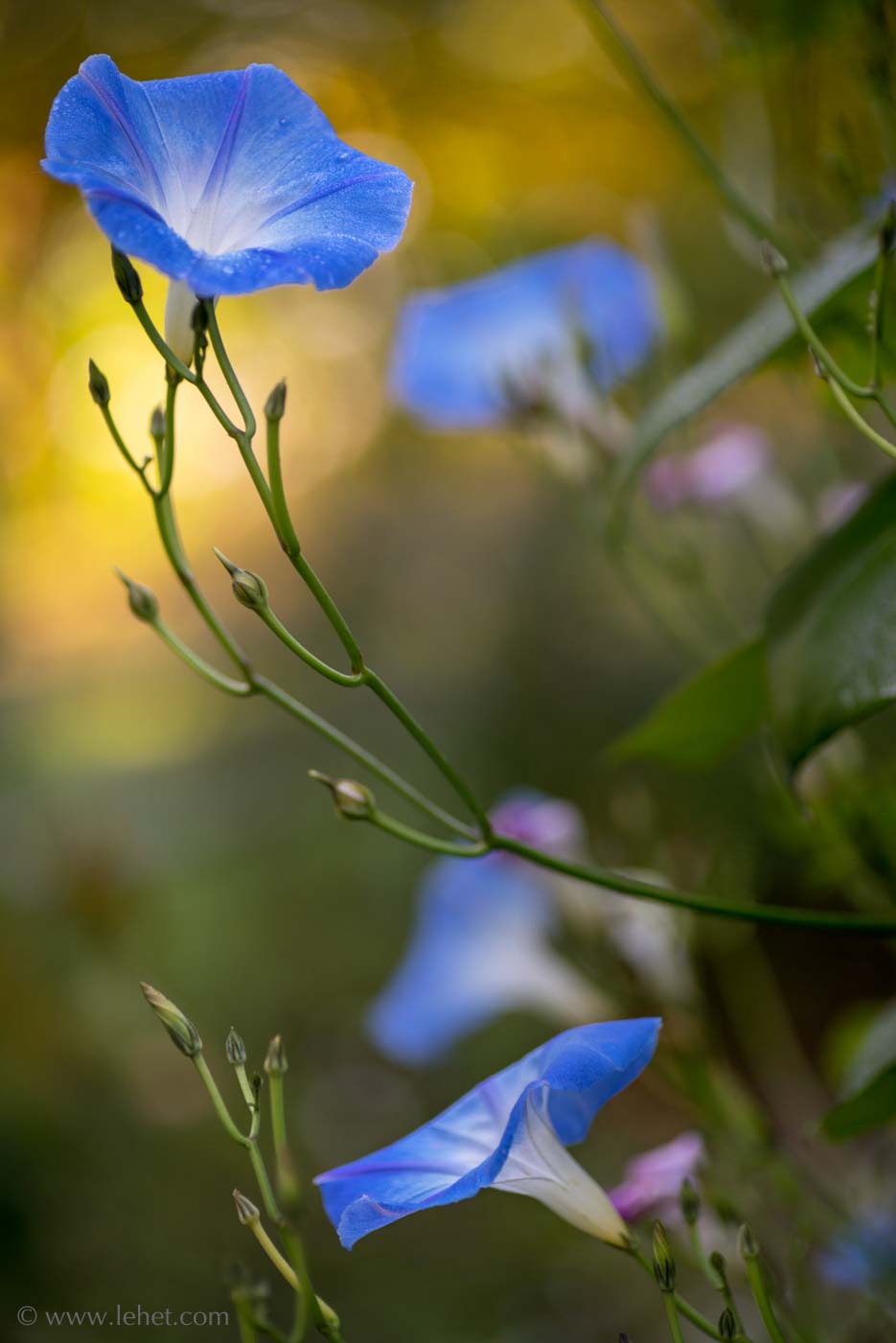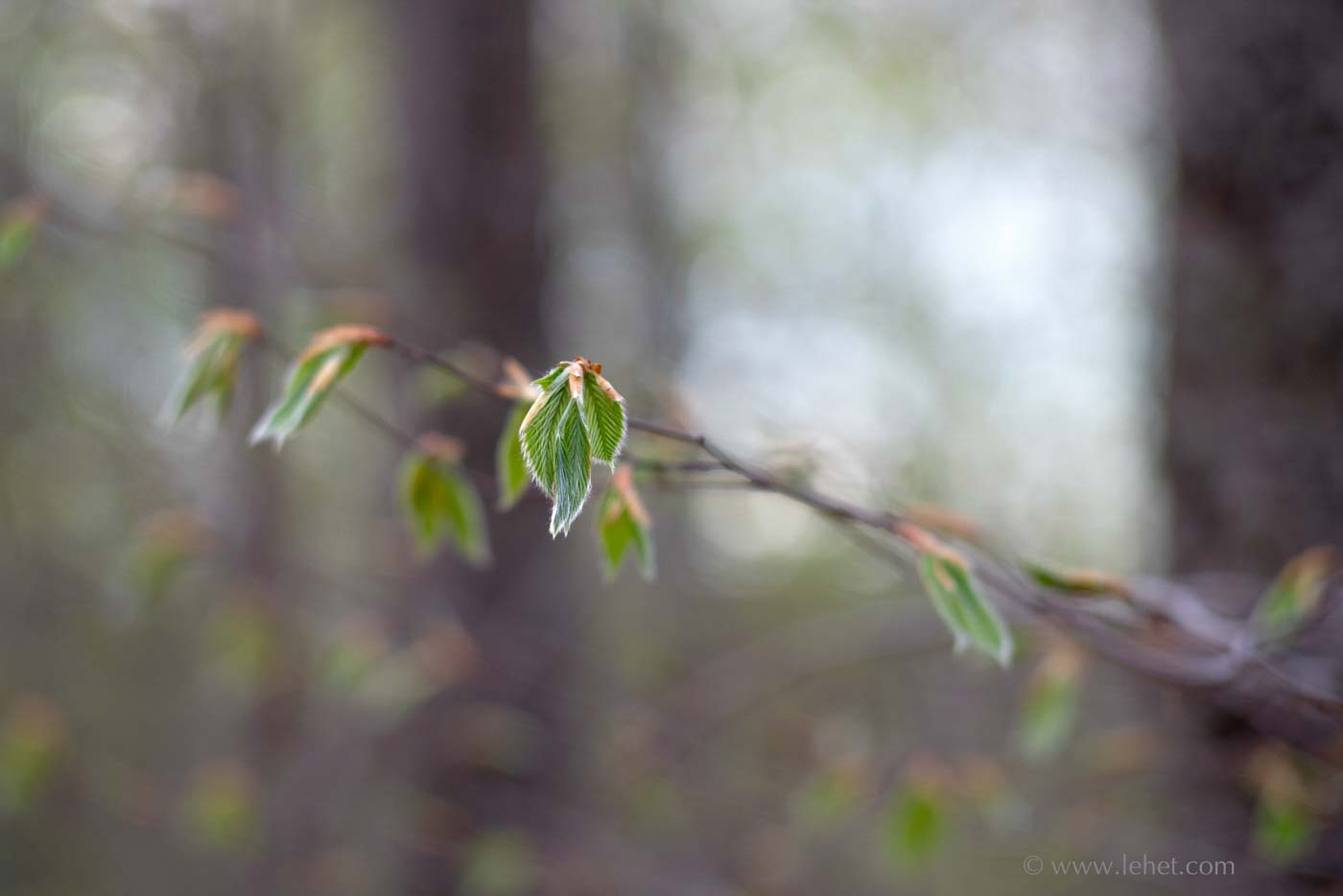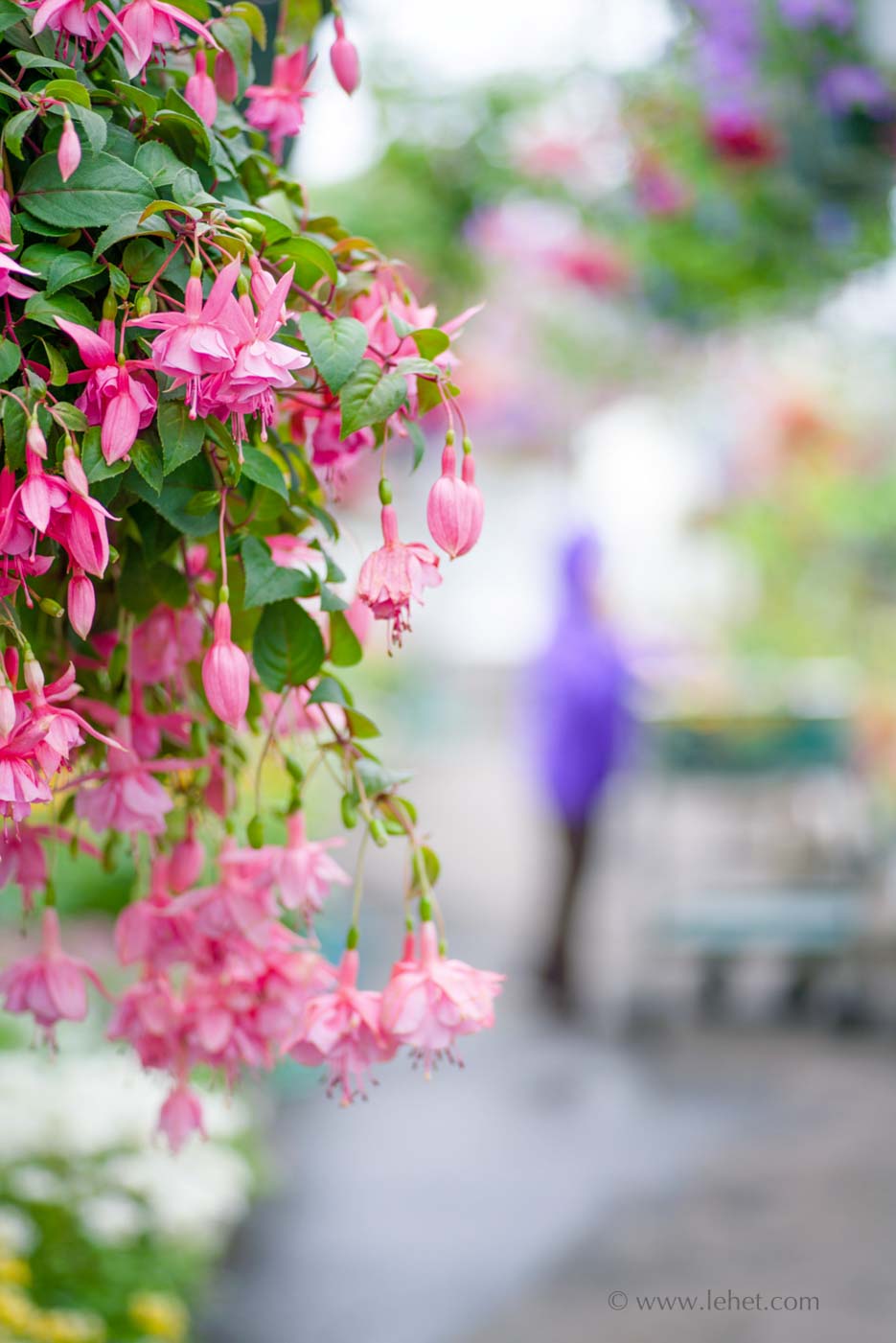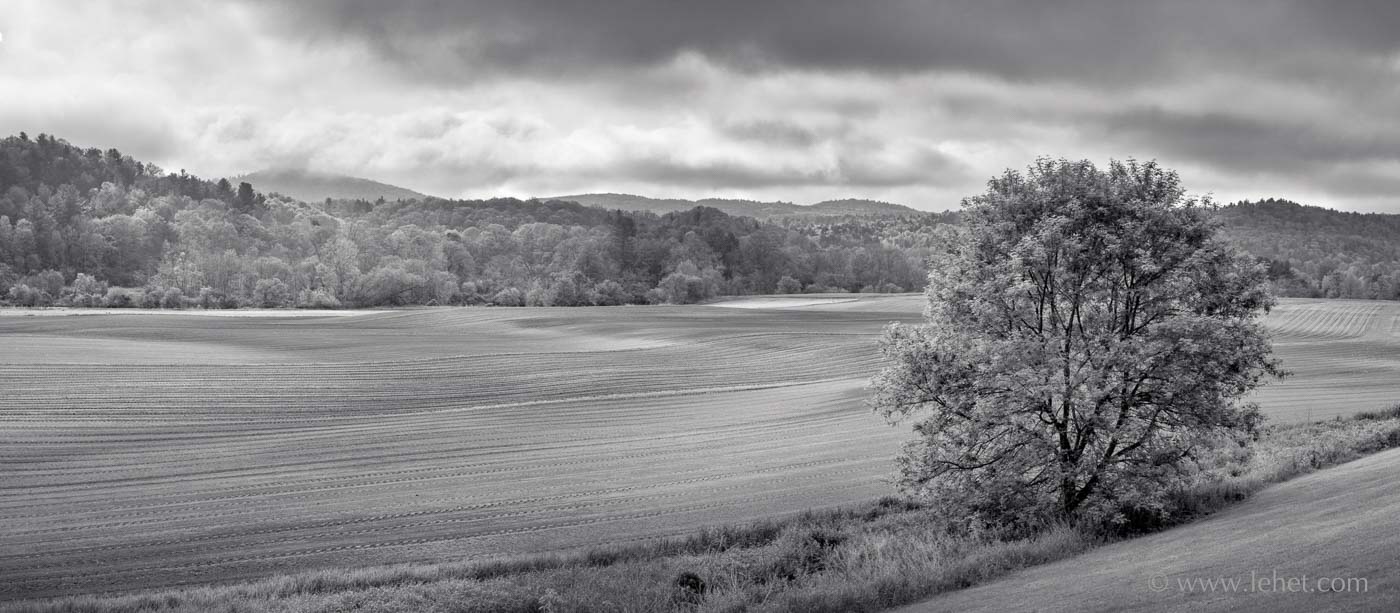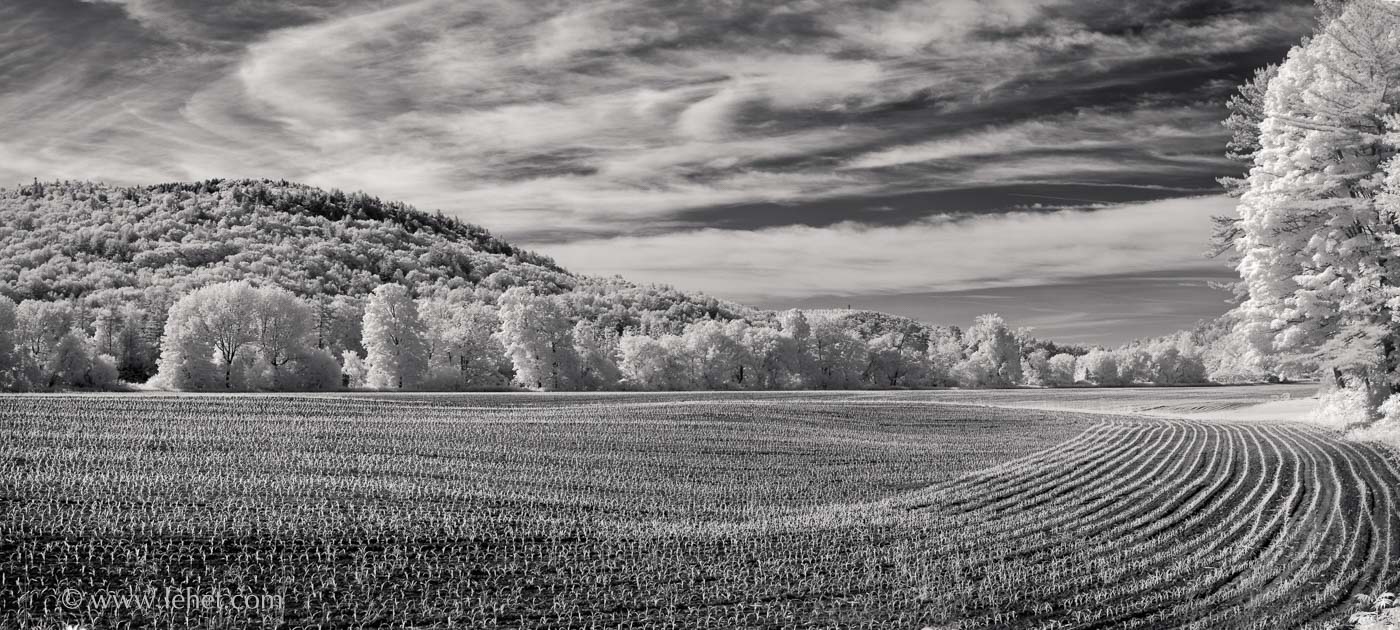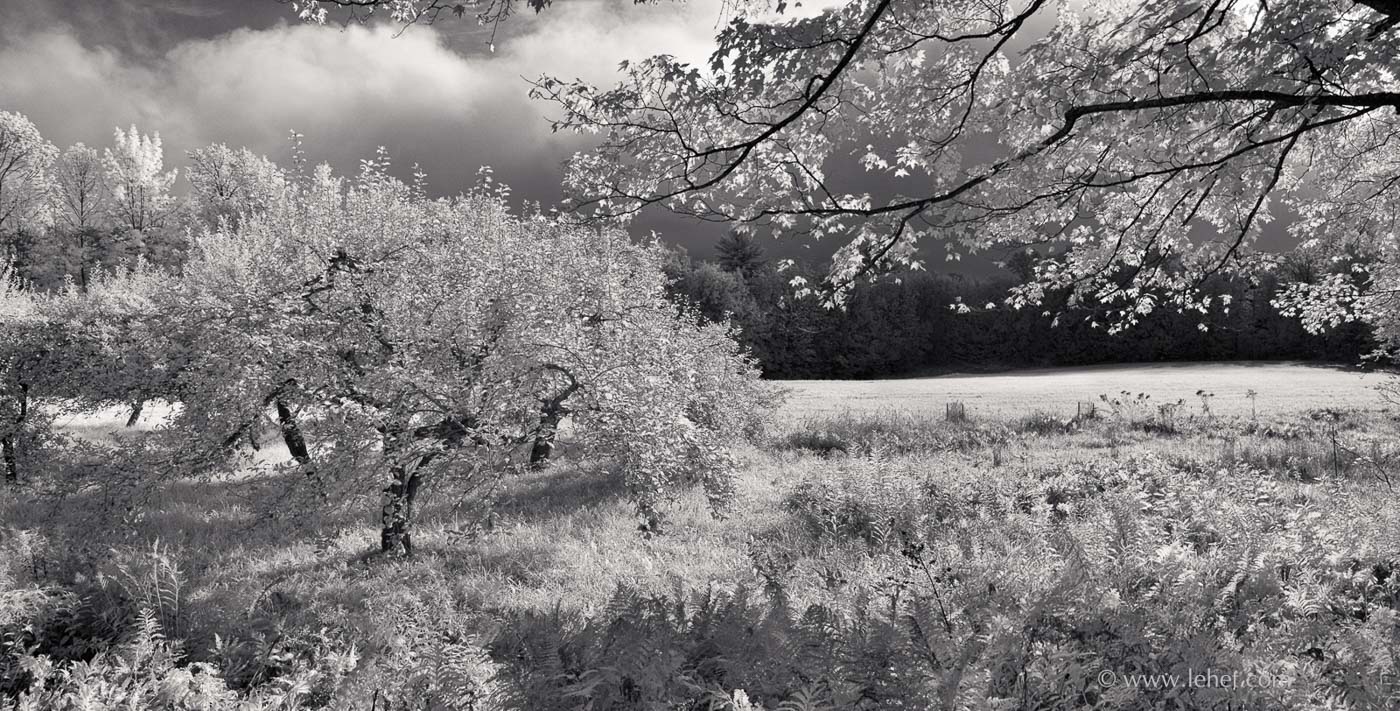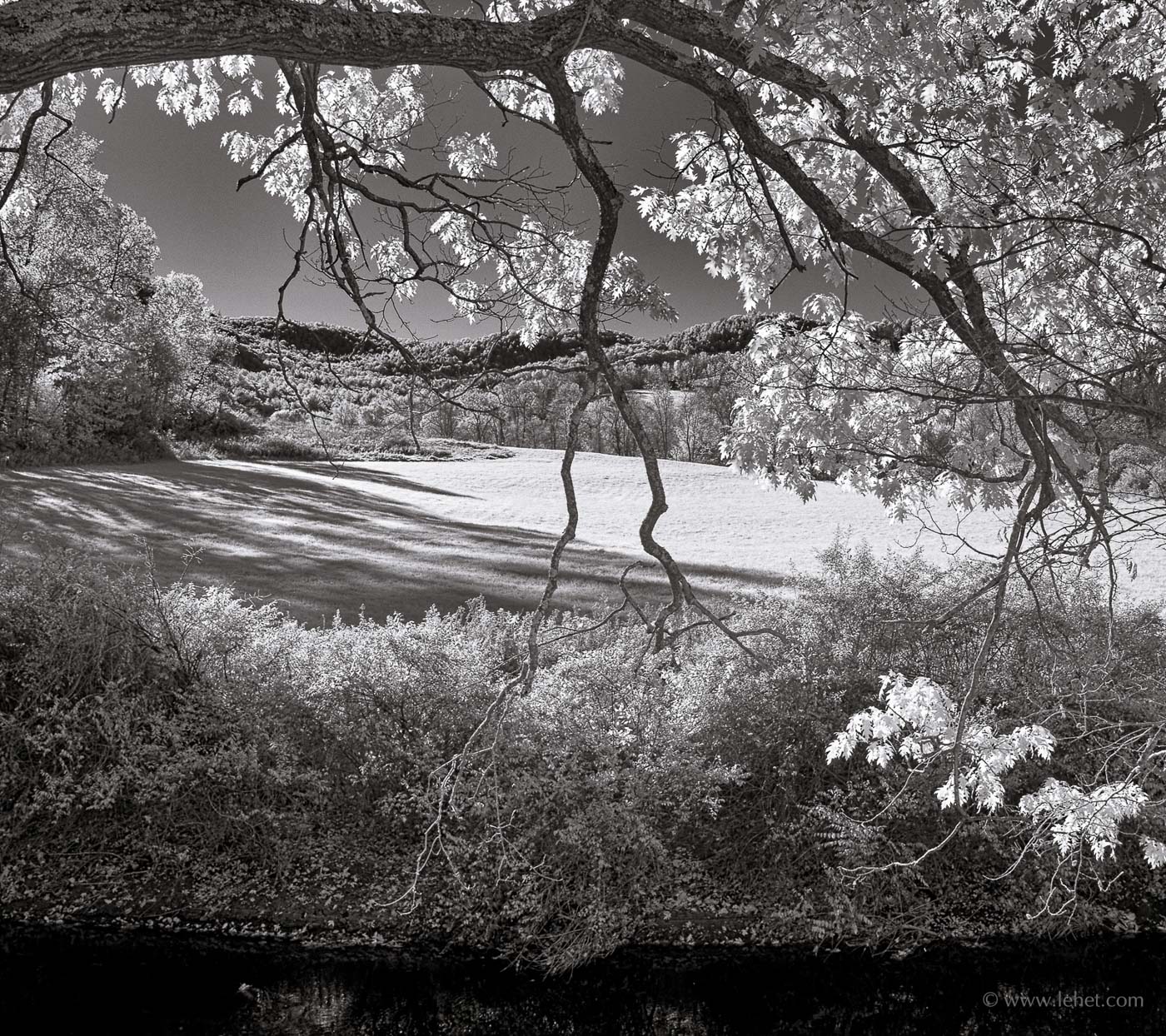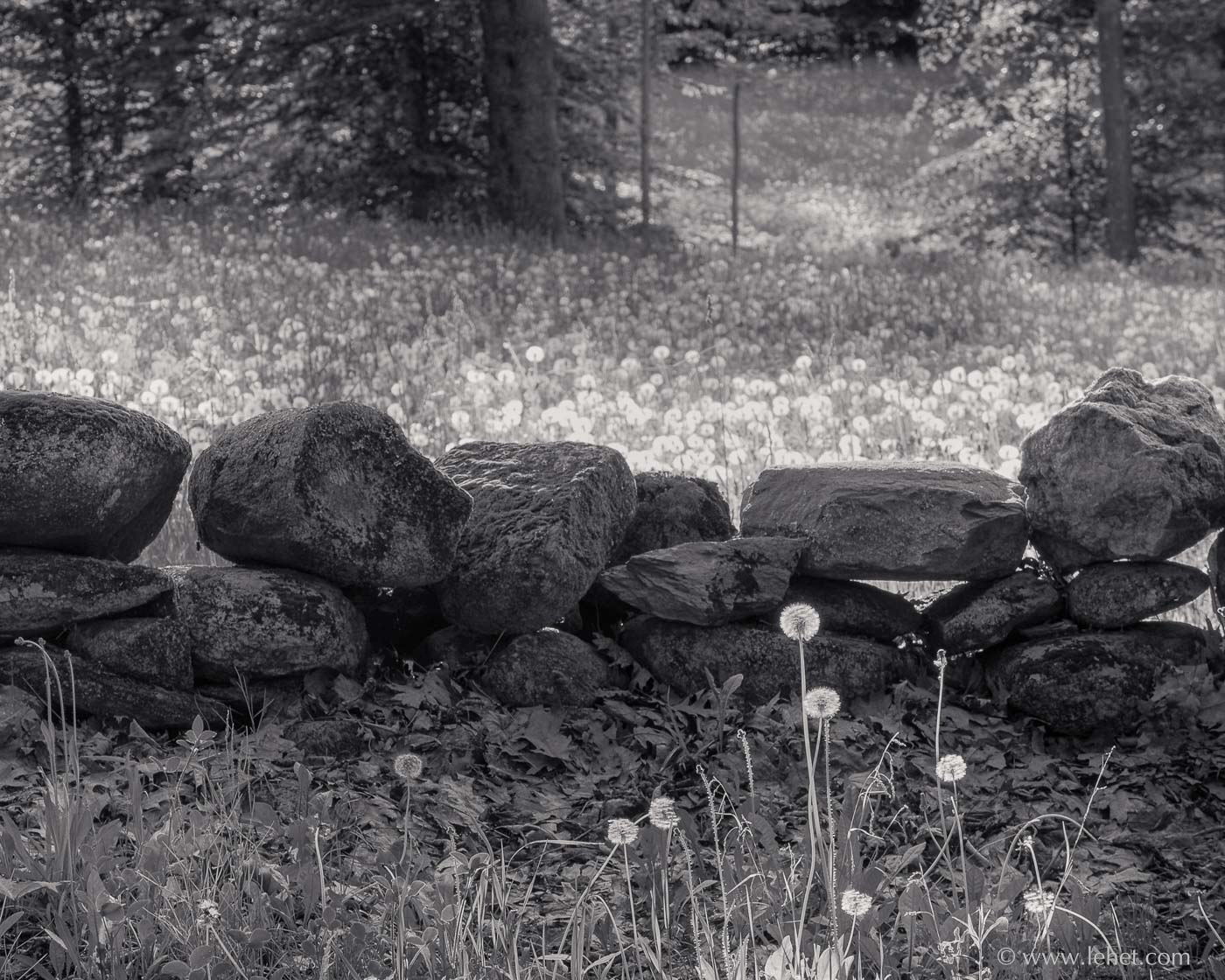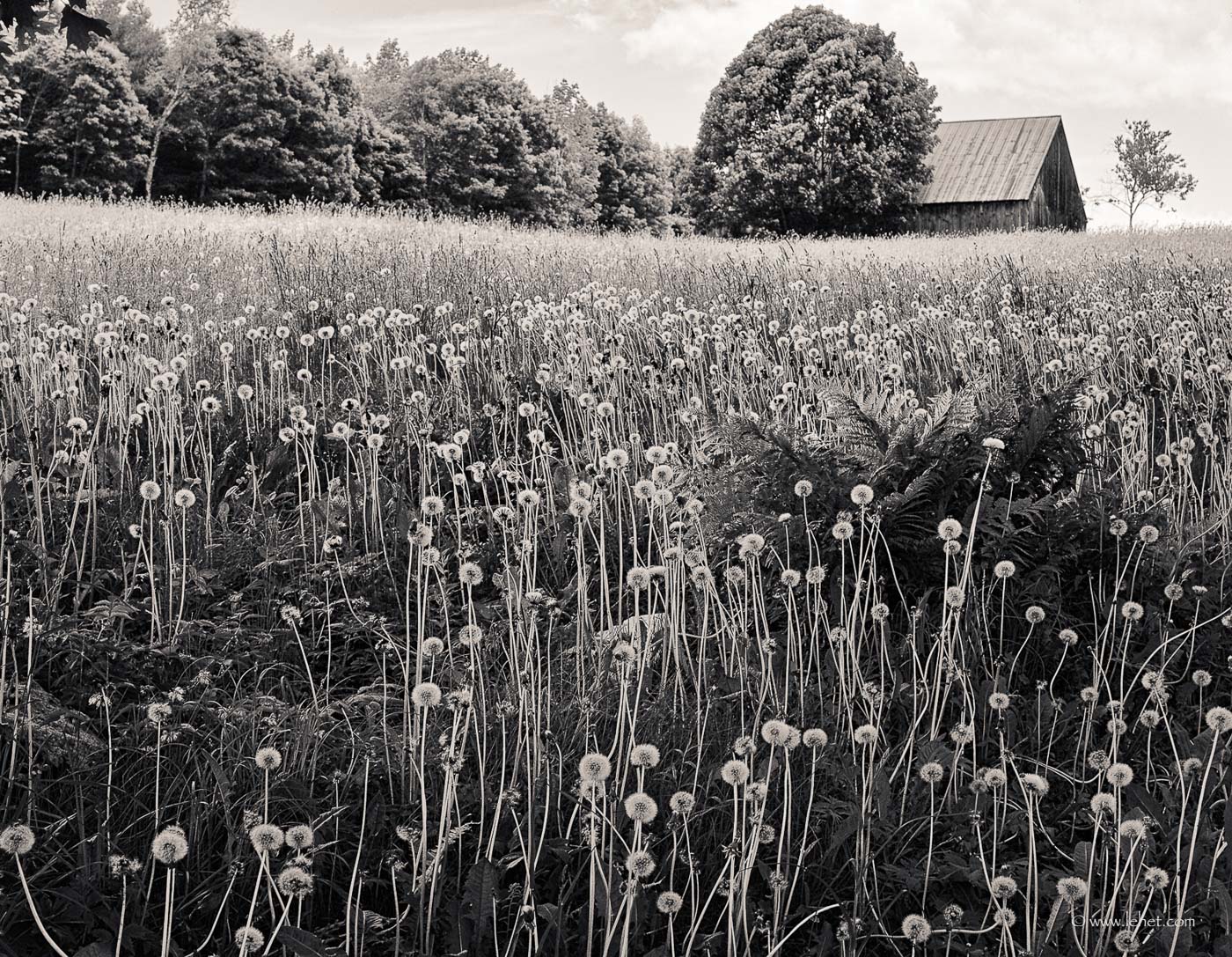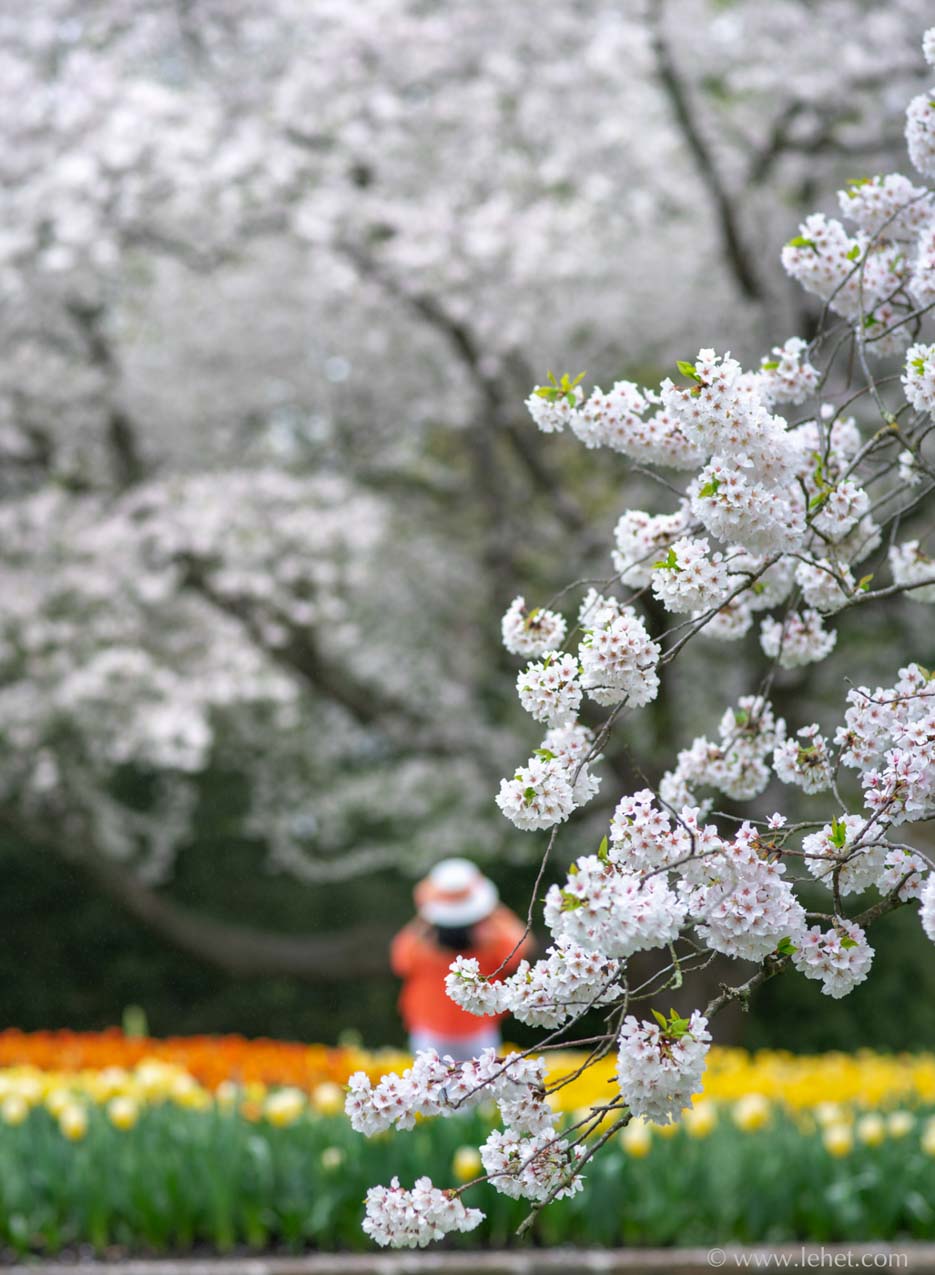
I’ve just made some spectacular prints of this new photo on Canson Aquarelle Watercolor paper. The 15 x 20 print is especially drop-dead gorgeous, but they all are good. Purchase here.
One commonality between my practice of photography and practice/experience of Buddhist meditation is a practice and aspiration to experience directly and non-conceptually. This applies to perceptions, emotional experience, logical process, physical sensation. It’s a trick that will take a lifetime. I won’t go into the Buddhist philosophy and practice behind this, assuming you are on the site for photography. And there are better Buddhist teachers than me.
So in photography, a conceptual approach might be fine. Many photographers have succeeded with a conceptual basis for their approach. In my opinion, quite often these often fail. There are photos in major modern photography galleries of, say, a tree with cheese doodles stuck around the trunk with toothpicks. Then in the blurb it will say the artist is exploring the post-industrial relationship to nature, or something like that. It doesn’t work for me, but then they are in those galleries and I am not, and probably won’t be.
I find though that as I work in any situation different levels of conceptual approach, in one way or another, will creep in. I think ideally working with a camera might be like a master jazz musician improvising on an instrument, that kind of transparency, being able to instantly hit the notes without thinking about it. The musician might think, “what if I went into that dark key right here?” — and that is a kind of conceptualizing that works in the service of the playing. I will think, “What if I tried that old Olympus 90 at a wide aperture?” — and I know what kind of a “key” I will be playing in then. You’ve got to think, think on your feet. Just don’t over-think and make it a formula or purely a concept.
So in the case of the photo above, I had gotten to some extent into the conceptual weeds. I was working with this composition: the branch of the flowering tree in the foreground with a shallow depth of field, the tulips and large background flowering tree beyond the focal plane. Trouble is that people kept coming into the composition, sometimes looking good with umbrellas, sometimes with that clunky tourist vibe. I was usually waiting for them to pass out of whatever frame I had. I had come to be pretty boxed in by the concept of what I thought I wanted to be working with. But then this woman popped into my viewfinder — the orange shirt echoing the tulips, looking up, the round hat perfect. I wish I had been able to work more quickly and fluidly with her there. I did what I did, and I was glad to have made this and a few other exposures of that situation.

